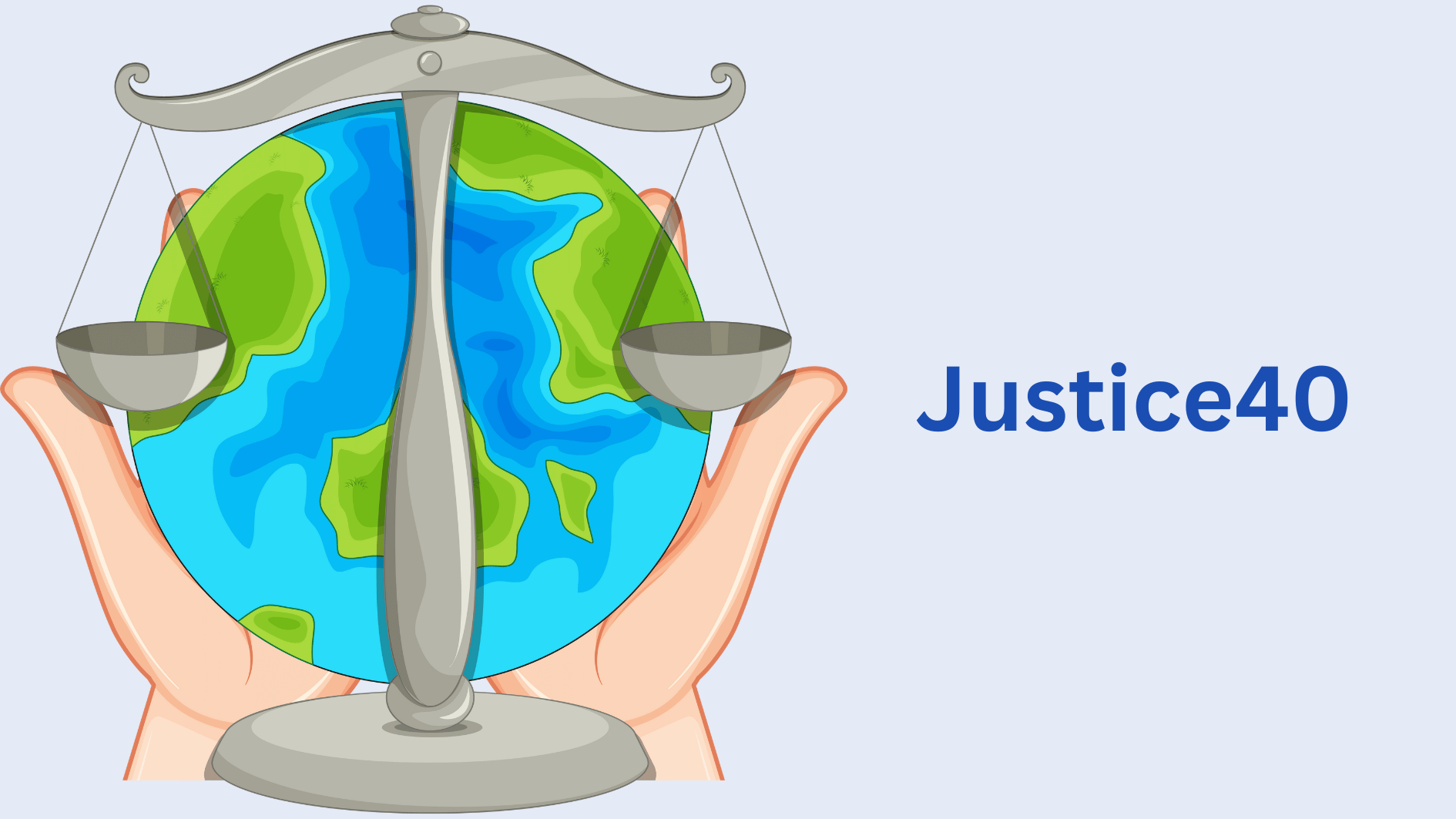Image source: Canva.com
Mississippi’s solar energy market has been steadily growing, with various incentives in place to encourage homeowners and businesses to invest in renewable energy. While the state has historically lagged in solar adoption compared to others, recent initiatives are helping to make solar more accessible and financially viable. This breakdown explores the key solar incentives available in Mississippi, from utility rebate programs to state-specific policies, offering insights into how residents can reduce installation costs, increase energy savings, and contribute to the state’s clean energy goals.
The Residential Clean Energy Credit
The Residential Clean Energy Credit, previously known as the Federal Investment Tax Credit (ITC), can reduce the cost of your solar panel system by 30%. This incentive covers the entire system, including equipment, labor, permitting, and sales tax.
To claim this incentive, you need to purchase your system with cash or a solar loan, as leasing does not qualify for the ITC. You must have a sufficient federal tax liability to use the credit, though any unused portion can be rolled over year-to-year until the ITC expires at the end of 2034. Direct payment of the ITC is only available to tax-exempt entities, such as nonprofit organizations.
Net Metering
Mississippi doesn’t offer a traditional net metering program, but it has a similar setup for solar homeowners. Those who produce more energy than they use can send the excess to the grid and receive bill credits in return. Unlike traditional net metering, which typically provides credits at the retail rate, Mississippi’s program credits at the avoided energy cost rate (or wholesale rate) plus an additional 2.5 cents per kilowatt-hour. While the credits are lower than retail rates, this system still helps reduce electricity bills for solar owners over time.
Additionally, low-income households in Mississippi can benefit from an extra 2 cents per kWh over the standard rate. Households with incomes up to 250% of the federal poverty level qualify for this incentive, though it’s limited to the first 1,000 applicants. This added benefit makes solar more accessible to lower-income residents, providing ongoing savings.
Discover the Ideal Solar System for Your Home in Just a Few Clicks!
Entergy Mississippi Low-to-Moderate Income Residential Incentive Program
Entergy Mississippi provides a one-time $3,000 cash incentive for low-to-moderate income residential customers who install a renewable distributed generation facility. This incentive is available on a first-come, first-served basis, and the facility must have a capacity of at least 4 kilowatts-DC (kW-DC) and generate no more than 110% of the customer’s annual peak demand.
Additionally, Entergy Mississippi offers the Residential Demand Response Battery Incentive Program. However, customers can only choose one of these two incentives, and no incentives will be available beyond the year 2027.
Solar for All
- The Southeast Rural Power: SFA Coalition (SE Rural Power Coalition), led by Groundswell, will launch and implement the Southeast Rural Power: SFA Program (SE Rural Power SFA Program). This initiative aims to deliver residential-serving community solar, energy storage to enhance community resilience, direct solar savings, energy efficiency improvements, and greenhouse gas emissions reduction for low-income and disadvantaged households. The coalition comprises eligible subrecipient nonprofit electric cooperatives and municipal utilities serving some of the most impoverished and energy-burdened communities in the Southeast.
- Hope Enterprise Corporation (HEC) is dedicated to advancing affordable and resilient solar energy access for low-income and disadvantaged households throughout Mississippi, employing a comprehensive strategy. The “Residential Rooftop Solar for Low-Income Households” initiative aims to cultivate a residential rooftop solar leasing market in regions served by the state’s investor-owned utilities, ensuring savings for every low-income household while bolstering the local solar installer ecosystem. The second approach, “Multifamily Behind-the-Meter Solar for Low-Income Tenants,” concentrates on multifamily buildings, endeavoring to reduce energy costs for low-income tenant households through strategic financial mechanisms and collaborations with local housing developers. Both strategies rely on innovative financing, strategic partnerships, and HEC’s extensive experience and expertise in serving disadvantaged communities in the state.
Disclaimer
The information provided herein is for informational purposes only and is accurate as of the time of publication. Please be aware that the solar energy landscape, including technology, regulations, incentives, and market conditions, changes frequently. Therefore, it is essential to consult with qualified experts and professionals before making any decisions regarding solar energy installations or investments. This will ensure that you receive the most current and applicable advice tailored to your specific circumstances.





